-
#504 – Space Trucker Bruce (2014)



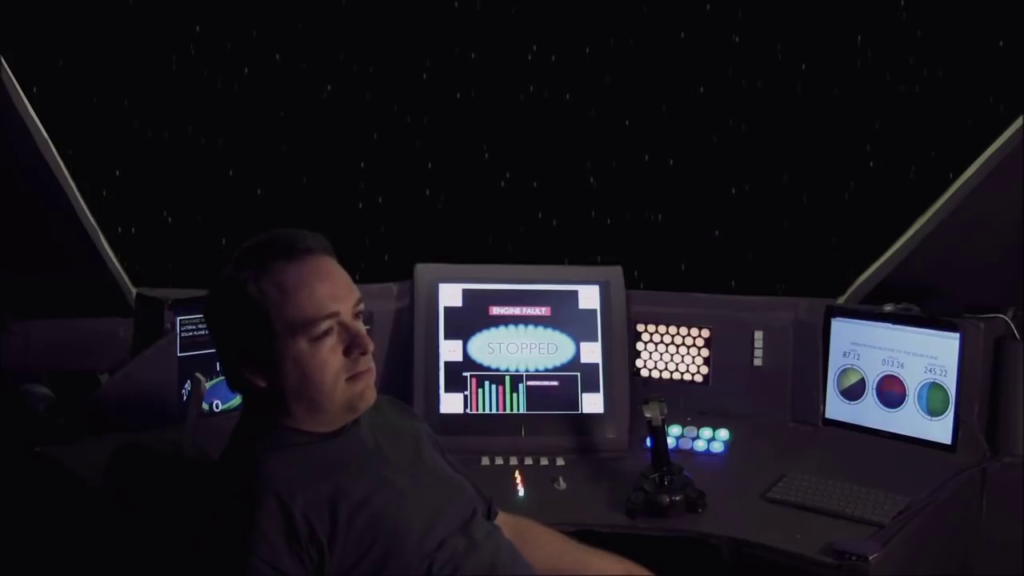
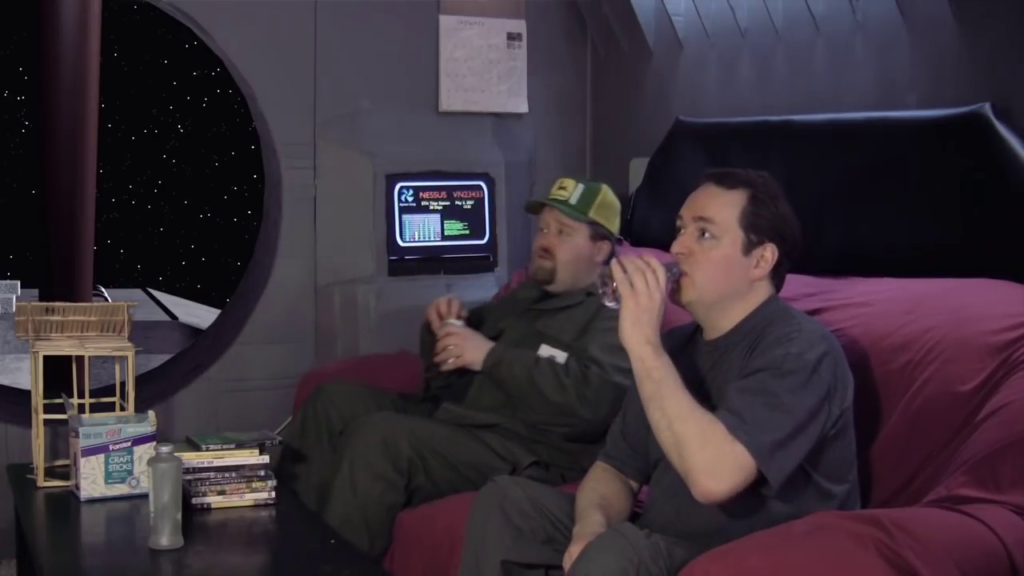




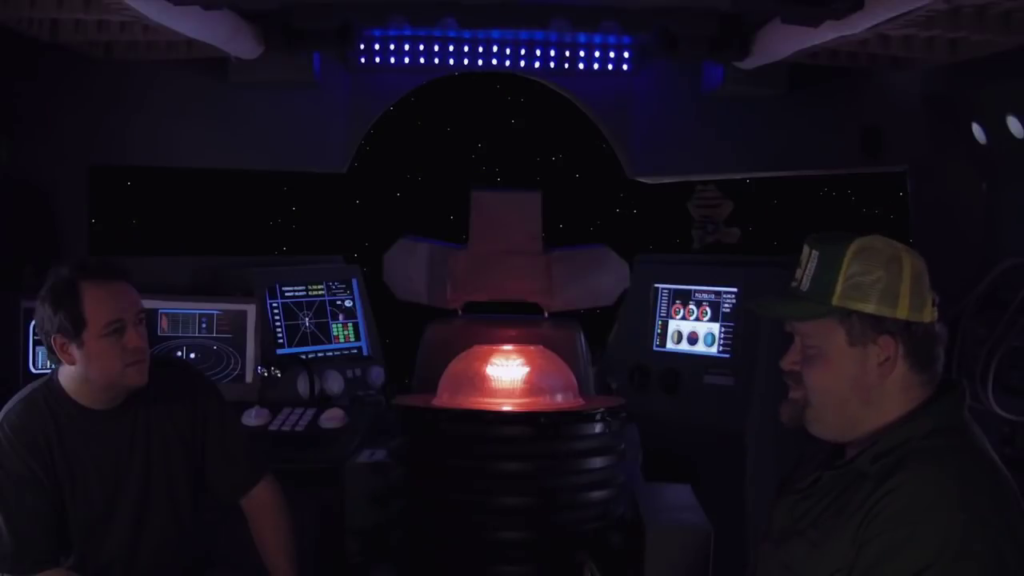
Space Trucker Bruce (2014)
Film review #504
Director: Anton Doiron
SYNOPSIS: Bruce is a trucker who is hauling hog fat from earth to Titan Station near Saturn. Along the way, he picks up a hitchhiker named max, who is introduced to the trucker lifestyle.
THOUGHTS/ANALYSIS: Space Trucker Bruce is a 2014 science-fiction film. Set in the future where humans have colonised the solar system, we see a trucker (presumably Bruce) hauling twenty thousand tons of hog fat to Titan station in his spaceship (space…truck?). Interestingly, this is also the same opening premise of the 1996 film Space Truckers, although there is no formal connection between the two. Along the way, he picks up a “hitchhiker” named Max, whose ship is stranded. Both being a long way from civilisation, the two learn to live together as Bruce continues on his trucking journey. Along the way, the plot focuses on revealing the philosophy of the trucker lifestyle as Bruce imparts his wisdom to Max about life on the road (in space). The themes in science-fiction films are often used as an analogy for issues and settings that confront us in the present, and unsurprisingly, Space Truckers is an analogy for life on the road as a trucker, hauling goods across the land as a long and often solitary job. The analogy is about as thin as the cardboard used to make the sets, but that’s not really an issue: the focus is on revealing the story and characters with a more comedic tone, and for the most part, it accomplishes that task in a way that is not laugh-out-loud funny, but quiet mix of absurd scenarios and deadpan delivery. Despite truckers having a direction with regards to where they would be delivering to always guiding them, this film gives an insight into the in-between; the lonely drive without any contact from the beginning and end, and that’s quite an interesting juxtaposition.
A small cast of characters make up the film, with most of the runtime being dedicated to Bruce and Max (who serves as the viewer’s substitute) alone in space bonding in the loneliness of space. There’s some question regarding Bruce’s sanity after being in space for so long, but his philosophy about the trucker lifestyle and “living in the moment” makes him appear zen-like and at peace. Then again, one of the characters is a tub of sour cream that may or may not be a voice in Bruce’s (and Max’s) head, so it really is open to interpretation. A few more characters turn up later on when Bruce and Max make it closer to civilisation, but they don’t change the dynamic too much. It is interesting to see after we learn about the trucker lifestyle, how it then applies to dealing with people after reflecting on it so long in the loneliness of space, and again there’s these little changes and developments which keep the film from stagnant and aimless.
One very important thing about this film is that it is a zero-budget creation, made by essentially one man in his backyard. Nearly all of the sets are made from cardboard, and once you realise it, you can never unsee it. However, it did take me quite a while to recognise this, and that is definitely a credit to how well done these sets are made. Even though the film is restricted to two or three sets for the majority of the film, it just about pulls it off, seeing as everything is set aboard the same small ship anyway. The acting is a bit flat, but it helps get the message of the film across in a low-key way. Overall, Space Trucker Bruce is a good effort at making a film with very little budget to back it up: there’s a mixture of comedy and character study that reveals the trucker lifestyle. It may not be for everyone as it lacks some direction, and some people may not be able to overlook the flat delivery of lines and the cardboard sets, but there is a certain magic in this barebones, almost one-man production that’s equal parts comedic, absurd and self-aware to be entertaining.
-
#503 – The Mystery of the Third Planet (1981)


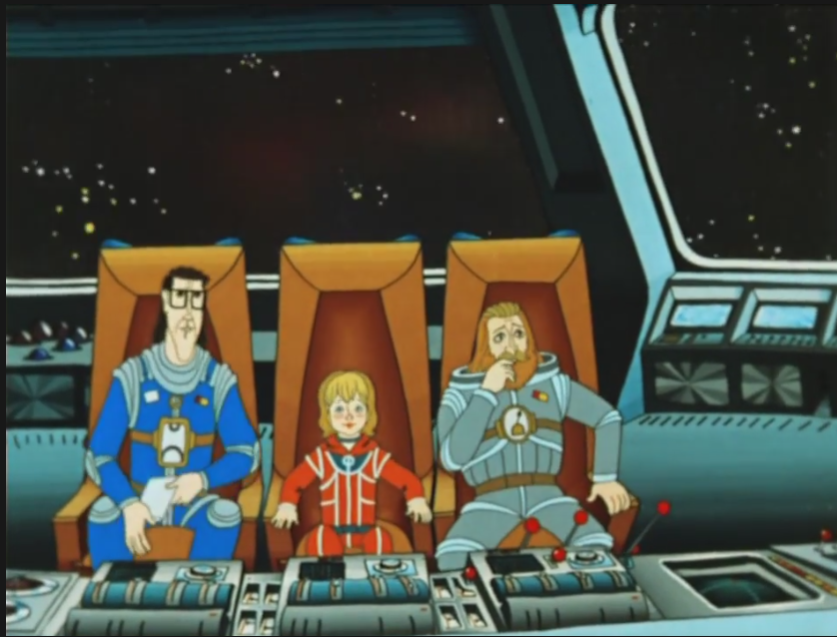






The Mystery of the Third Planet (1981)
Film review #503
Director: Roman Kachanov
SYNOPSIS: Captain Seleznyov and his daughter Alice are travelling in their spaceship to other planets to find animals for their zoo. Seleznyov runs into his old friend Gromozeka, who directs them to the Planet of Two Captains, and a museum dedicated to Captains Kim and Buran, who travelled across the universe in their own spaceship. However, they soon become embroiled in a mystery surrounding the museum’s director, and encounter danger as they try and get to the truth…
THOUGHTS/ANALYSIS: The Mystery of the Third Planet is a 1981 animated film. The film is set in the 22nd century, where we see professor Seleznyov and his daughter Alice looking for rare animals for their zoo in Moscow. On the moon, they run into Seleznyov’s friend Gromozeka, who suggests they head to the “Planet of the two Captains,” where a museum dedicated to Captain’s Kim and Buran, who travelled the universe in their spaceship, is located, and may have information about any rare or exotic animals. The story of the film embroils Alice and her Father in a mystery surrounding the fate of the Captain’s and the museum’s director Verkhovtsev. The film has a fairly short runtime at just under fifty minutes, but it fits a lot into a plot that feels complete and full of development and direction, and a mystery to unravel. It is a film primarily aimed at children, so it has to be interesting enough to keep their attention, and it certainly has plenty going on to do that. The world that it creates in the 22nd century is full of futuristic technology, high contrast colours, and weird aliens that sets up a range of interesting scenarios, but the constant moving around from planet to planet can be a bit confusing. When you’re a kid though, you’re not overly concerned about the intricacies of the plot, but rather the energy and excitement that it provides, and there’s some high stakes and danger that does that, so overall it leaves a positive impression.
The film is based on a series of books centred around the main character Alice Selznyov, which were popular in the Soviet Union with children. Alice provides a relatable character for young viewers, and is full of energy and life to fit that role. One of the highlights of the film is the alien designs: being an animated film, it has the creative scope to go wild with the alien designs, which it certainly does. Gromozeka, with his six arms and disturbing pointy eyes is the one that stands out, and is also in keeping with his appearance as described in the books. The live-action adaptations, such as the miniseries Guest from the Future and the 1987 film Lilac Ball didn’t have the budget to bring these creative designs to life, and opted for more humanoid appearances for the aliens, which is a shame. Even the human characters are distinct enough in appearance and design so that they are instantly recognisable, and despite being all different heights and sizes, they still interact seamlessly.
This film was very popular upon it’s release in 1981, and seems to have remained a favourite memory of people who grew up in that era. So much so that the 2009 film Alice’s Birthday, based on another of Alice’s adventures, has a similar art style and direction that I think tries to ride on the nostalgia of this film. It wasn’t just in the Soviet Union either: it was translated and released in the U.S. (twice) and lots of European countries too. Perhaps the runtime makes it fit neatly into a one hour TV slot (including adverts), so that might be a reason. The English dub is very much of the time and is a bit poorly produced, so if you’re going to watch this film, definitely go for the original version with subtitles. Nostalgia certainly plays a part in how fondly this film is remembered, but that’s not it entirely. It definitely does have plenty of good points independent of said nostalgia: it’s packed and energetic plot, it’s creative character designs, and it’s colourful, abstract scenery are fun and will keep the target audience entertained for its runtime. It holds up as a good film in terms of its structure, style, and design, but I’m not sure there’s enough of a spectacle compared to more modern films for younger generations to have that same feeling.
-
#502 – Alice’s Birthday (2009)



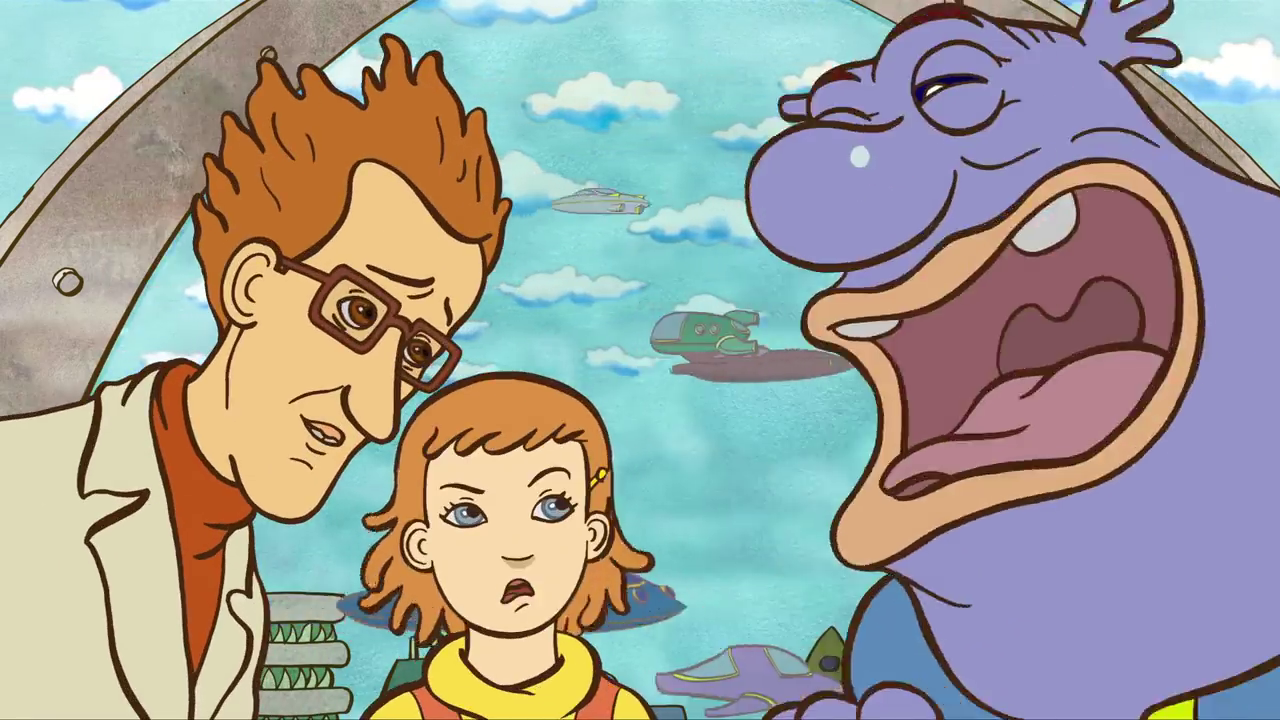
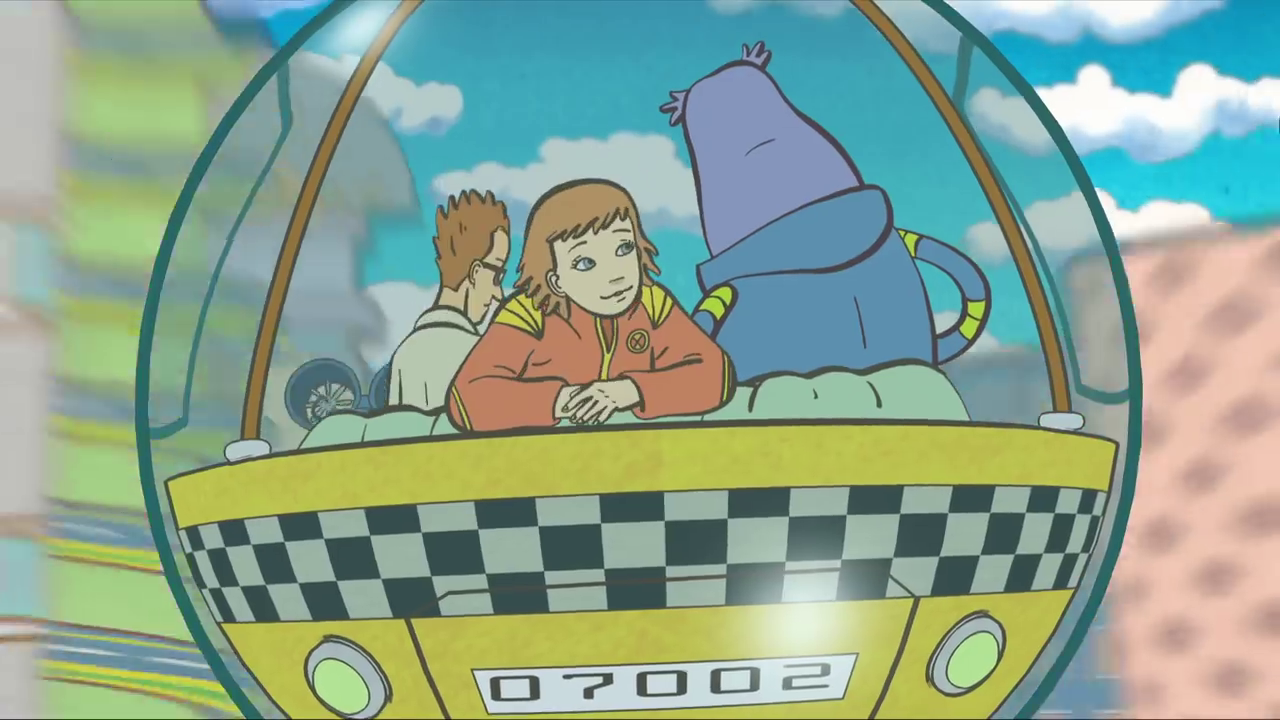





Alice’s Birthday (2009)
Film review #502
Director: Sergey Seryogin
SYNOPSIS: Alice Selezneva has just failed a history exam at school, but things are looking up, as a friend of her Father’s Gromozeka, has arranged a trip for her birthday to the planet of Koleida with a research expedition. The planet once had a flourishing civilisation, but a space virus wiped it out centuries ago. Alice decides to use the expedition’s time travel machine to go back in time (along with Professor Rrr, another member of the expedition) to save the planet’s population, not knowing the virus is still alive in the present and approaching the camp of the expedition…
THOUGHTS/ANALYSIS: Alice’s Birthday is a 2009 animated sci-fi film, which is a re-imagining of the popular 1987 film Lilac Ball and the original novel. The film starts out introducing Alice, an energetic and mischievous girl who fails a history exam after causing chaos in the classroom. She meets up with her Father’s friend Gromozeka, who has a surprise for her upcoming birthday: to join a research expedition to the planet Koleida, where a flourishing civilisation was wiped out by a space virus centuries ago. The film, as mentioned is a re-imagining of the film Lilac Ball and it’s original novel, part of a series of adventures starring the character of Alice. The series was quite popular in the Soviet Union, and so this film is riding a little on that nostalgia bandwagon. However, it certainly stands as a film in it’s own right too, as the story deviates from the original film a fair amount, and being an animated film, has a lot more freedom to bring the futuristic world to life. The story itself flows pretty well, being split into a fairly typical three-act structure that has a good amount of variety, humour, action, and even some scary dark moments. The essentials of the story are things that you have probably seen before involving time travel and trying to change to change the course of the future in time, but it is still entertaining enough to watch.
Alice is a very typical lead for these types of films: adventurous, mischievous, and a typical kid which it’s young audience can identify with. Her character has a wide range of emotions and relationships with other characters, so she feels like a well-rounded individual with enough spirit and energy to be her own person. One notable difference in the rest of the characters form Lilac Ball is that the animated medium gives a lot more freedom to give the aliens a more alien design; in Lilac Ball, the characters which were aliens in the novels were re-imagined as mostly human; in the animated Alice’s Birthday, the aliens aboard the research expedition are all shapes and sizes, and though we don’t hear from many of them, their unique appearances make the film colourful and interesting. There is some weird comments near the beginning of the film, which seem to suggest there’s some discrimination against aliens on Earth, but it’s not really brought up again or addressed, so that’s a bit odd. The minor characters, like Professor Rrr and Gromozeka have a very specific role, and you know what to expect when they’re on screen, which is comforting. On a more novel note, the commander of the expedition is voiced by Natalya Murashkevich, who played Alice in Lilac Ball and the 1984 mini series Guest from the Future, which is a nice nod to those productions, and reinforcing the idea that there is a bit of reliance on nostalgia for this film, even though the target audience is obviously a generation that will not have seen those originals.
The animation is fairly fluid, and the characters and world are colourful and animated enough so that it feels like things never really stand still. This is good in the action scenes, but it becomes a bit more choppy when the characters are moving more slowly. I’m not sure how this compares to other contemporary Russian animation, but it feels like a mix between modern productions, while also having a bit of that Soviet-era aesthetic within it too. Again, maybe that’s part of the nostalgia effect the film is riding on. There’s some musical numbers which are a bit generic, but again, perfectly serviceable for a children’s film. Overall, Alice’s Birthday creates a colourful and energetic world for it’s titular character to be her adventurous self: the designs of the aliens and the futuristic setting are fun, varied and interesting. The story is a little formulaic being a very typical time travel scenario, but it is still made entertaining by having interesting, individual characters, and expressing a variety of emotions throughout the different scenes. A decent children’s film, which also banks on some nostalgia for a beloved character for adults too, although they probably won’t find too much appeal in the content of the film.
-
#501 – Lilac Ball (1987)

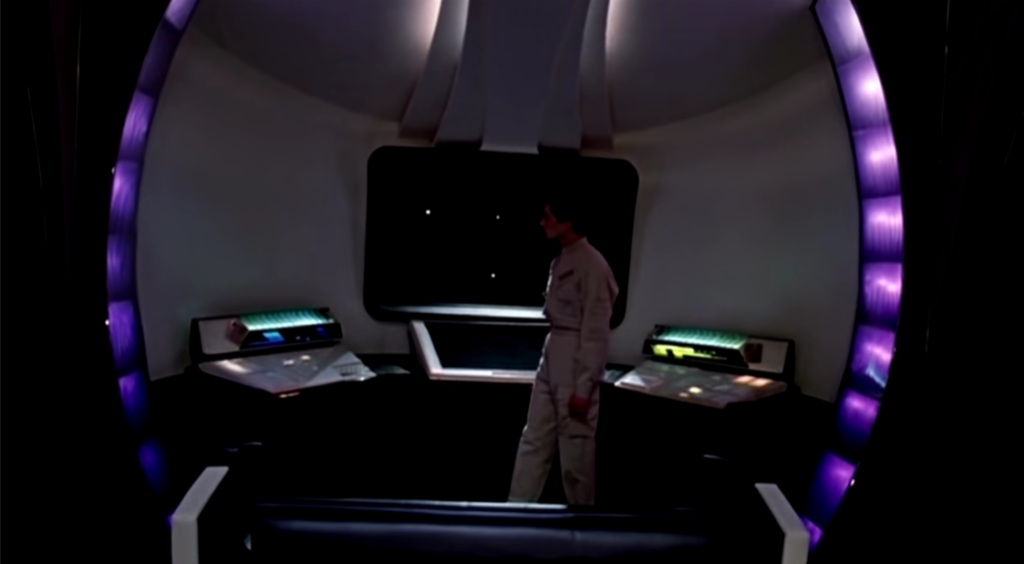




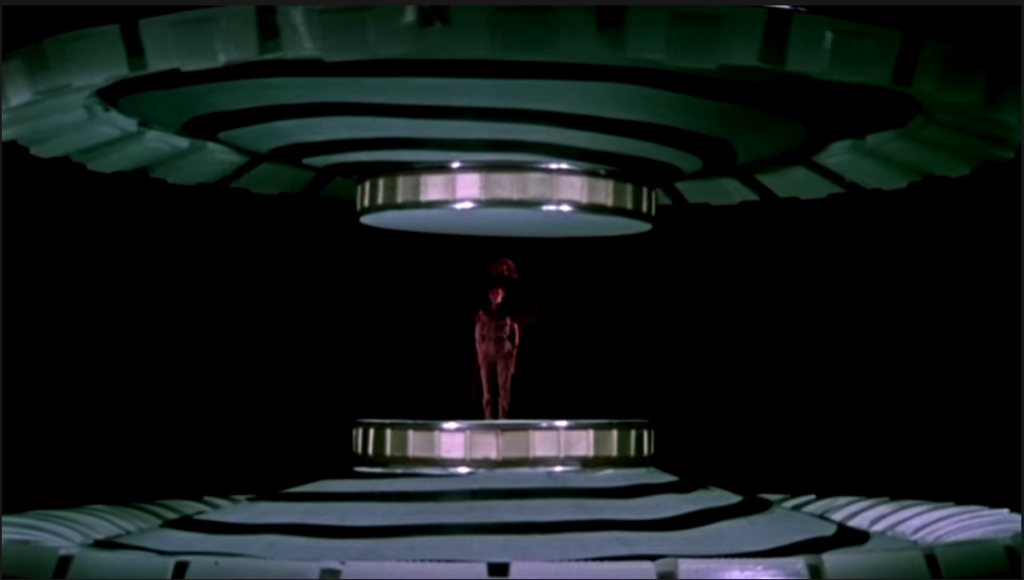



Lilac Ball (1987)
Film review #501
Director: Pavel Arsenov
SYNOPSIS: Travelling aboard their spaceship Pegasus, Professor Selznyova, his daughter Alisa and the rest of the crew encounter Selznyova’s old friend Gromozeka. He explains that he has come from a planet where the population has just been wiped out by a virus that has lain dormant for 26,000 years. The problem is that the same virus was also left on earth, and will activate and wipe out the population in a matter of days unless a cure can be found…
THOUGHTS/ANALYSIS: Lilac Ball is a 1987 children’s sci-fi film based on the novel by Kir Bulychyov. The story starts out aboard the spaceship Pegasus, manned by Professor Selznyova and his crew, including his daughter Alisa. On their travels, they come across the Professor’s friend Gromozeka, who tells them that a 26,000 year old dormant virus has just awakened and wiped out the entire population of a planet…and the same virus is on Earth and will activate in a few days time unless a cure can be found. The only solution is to send Alisa back in time to Earth 26,000 years ago to find the source of the virus. The most notable thing about the film is that it is pretty much an even split between science-fiction and fantasy: almost exactly at the halfway point, the spaceship and future gives way to an ancient Earth filled with fantasy creatures. With a runtime of seventy three minutes, the film certainly packs in a lot of stuff, combining that familiar soviet-era sci-fi aesthetic with some more offbeat fantasy creations. As a film aimed at children, it has to keep up a certain energy level to keep it entertaining, and I think it has plenty of imagination and variety to keep things interesting. The plot is quite packed as mentioned, and is a bit overwhelming to follow. Part of that might be the loose subtitles I watched the film with, and part of it is probably due to the fact that a lot of the original novel was cut to fit it into this fairly short runtime. Intricacies within the plot aren’t too problematic with children’s films though, as long as there’s plenty of jumping off points to spark their imaginations, which I think this film has.
Alisa is the main character of the film, and had appeared in the TV series Guest from the Future in 1984 before this film was made (and portrayed by the same actress). I believe that there is also a series of novels centred around her character, so she’s fairly well established, and it is refreshing to see a good female lead in these types of films. The rest of the characters serve a supporting role, and are a colourful bunch, again split between the more grounded characters in the sci-fi setting, and the fantasy half, where the characters are a bit more outlandish. The earth of 26,000 years ago is probably not very accurate, as there are talking birds, flying monsters, people in wooden houses and other such things which I do not think are historically accurate.
As mentioned, the sci-fi aesthetic feels very familiar if you have watched any other soviet-era sci-fi. The spaceship’s corridors and control panels have that typical look and feel of the time, but have a lot of detail and attention in them that is visually appealing. The spaceship itself is quite a unique design: it is a disc shape with retractable “sails” that resemble paper fans. The scenes with the spaceship flying around evading capture from this giant net…ship…thing is quite well done. I noticed the camera is a bit wobbly as it moved through the sets, which is a bit distracting. Moving into the more fantasy setting, the designs of the creatures reminds me very much of something out of The Neverending Story or Labyrinth, which makes me wonder if they inspired some of the decisions at any point. Lilac Ball has a bit of a dark edge like the aforementioned films, with a trio of comic relief characters being cannibals, and this rather disturbing death scene of this giant bird thing that we follow for about five minutes before it is killed on screen and we are left looking at it’s dying breath. Very odd. Some of the creatures aren’t quite as imaginative as in the novels, probably due to technical and budgetary constraints. Gromozeka is a humanoid-looking alien with four arms for example, but in the original novels, he was much more alien looking, with seven eyes and such. A 2009 partial-remake of this film that, due to it being animated, was able to be much more creative with it’s designs (it even had Alisa’s actress from this film returning to voice Alisa’s mother, which is nice).
Overall, Lilac Ball is an odd combination of science-fiction and fantasy that isn’t really a combination: the film is evenly split between the two. trying to fit these two genres, and a full novel’s worth of plot into such a short runtime creates a story that can be difficult to follow. The film constantly feels like it’s being constrained by one thing or another, but there’s plenty of things going on to keep it entertaining for children, it’s just a shame there’s not enough time or space given to appreciate them.
-
#500 – Star Wars Episode IV: A New Hope (1977)









Star Wars Episode IV: A New Hope (1977)
Film review #500
Director: George Lucas
SYNOPSIS: A long time ago, in a galaxy far away…the plans for the evil galactic empire’s new battle station are stolen by the rebel alliance and placed in a droid to escape to the planet Tatooine. Luke Skywalker comes into possession of the droid and discovers a hidden message about the plans. With the droids in tow, Luke sets off to find Obi-Wan Kenobi and learn the ways of the force to bring down the empire, led by the ruthless Darth Vader…
THOUGHTS/ANALYSIS: Happy 500th film review! It’s been a long road to get here, and many hours have been invested into watching the best and worst (mostly the worst) of science-fiction films from all over the world over the last ten years. The plan was always to save this one for the 500th review, because I have famously never watched any Star wars film all the way through, and I have never had any real interest in the franchise, so this is a big milestone for me. So let’s take a look at why the film was so successful, why I was never interested in it, and whether actually watching the film has changed my mind shall we?
Star Wars (subtitled Episode IV: A New Hope after the initial cinema release) is a 1977 science-fiction film directed by George Lucas. It is the first film released in the Star Wars franchise. The film starts off throwing us right in the middle of a story, as outlined in the title crawl: the rebels fighting the evil galactic empire have uncovered the plans for their ultimate weapon: a gigantic space station that can destroy planets. Princess Leia hides the plans in a droid, which is then sent to the planet Tatooine and picked up by a young farm hand named Luke Skywalker. Determined to deliver the message and plans to one Obi-Wan Kenobi, and embark on an adventure to save the galaxy. Originally released as a stand-alone film, Star Wars really throws you right into this “galaxy far away” without much establishing. However, as the film opens up with an entertaining action sequence that shows off the world and its inhabitants better than any exposition could do. The story is pretty much a simple “good vs evil” plot, and I feel like it’s a waste of time trying to find any deep allegories in the world or characters. maybe George Lucas tried to build something more deeper and significant in his constant re-edits (more on that later), but taking the film as a stand-alone feature, it sets its scene around it’s characters fine, but when they talk about the galaxy at large with regards to the senate or whatever, we don’t see or hear much about it, which is a bit disjointing. Personally, I was never too interested in the world-building of Star Wars as this “galaxy far away” was a bit too disconnecting for me as a kid, and especially with their being humans there as well just made no sense. Maybe it’s a small point to get hung up on, but that was the kind of kid I was.
So after the first action scene, we start following the two droids that escape with the plans: C3PO and R2D2. We follow them for…quite a while actually: nearly half an hour of their bickering back and forth before the film moves on. honestly, I think the beginning could have been easily shortened to improve the flow of the film. If the aim was to show the droids and how they fit into the world, then there is certainly some of that in the beginning, but it isn’t really furthered in the latter part of the film. for example, there seems to be a deliberate show of how droids are treated as second-rate beings by humans in the beginning as if droid discrimination is rife in this galaxy, but it is completely forgotten about when the human characters become the centre of the story, and never confronted in the film. Maybe it would have been good for the contribution the droids made in defeating the empire could have been recognised and changed people’s attitudes towards them, but that doesn’t happen. Again, the film is basically a good vs. evil story that introduced a lot of things in passing, but were further explored in subsequent films and other media.
One thing I noticed about the story is a lot of the plot points are strung together by a chain of massive conveniences. The droids are on a ship, which coincidentally has the man they need to find, and are caught and sold to Luke, who just so happens to know Obi-Wan Kenobi, and so on. It’s not really an organic method of storytelling that is quite absurd the more you think about it, and that’s even before you take into account the lore from the prequels and how Obi-Wan should know who C3PO and R2D2 etc.
It is well known that George Lucas was inspired by watching the film serials of the 40s and 50s when he was a child, and that heavily influenced the likes of Star Wars and Indiana Jones. The fairly simplistic nature of the Star Wars “Good vs. evil” story does feel like it could have been the basis of such a serial. The characters too, are reminiscent of that: the characters are all white men, with one woman in the entire cast. Luke is the “blank slate” protagonist that people are to identify and project themselves into as he explores this new world with the viewer. Han Solo is the more typical, action-focused lead, and Leia is the only female character that unsurprisingly needs to be rescued. Darth Vader takes the role of the “masked villain” whose identity was often kept secret until the last chapter of the serial. His appearance is also highly reminiscent of the serial villain “The lightning” from The Fighting Devil Dogs: Who could fire lightning from his hand (A power not shown in this Star Wars film, but is in others), and flies around in a triangular plane that you could say is similar to the “star destroyer” ships seen in Star Wars. It’s difficult to say just how much of an influence these had, given that there would have been no way to re-watch these serials or dig up any information back in 1977 when there was no home releases, but the similarities are way to striking in some regards to be dismissed as coincidence. There is some effort to give some of the characters a more unique personality: Han Solo has a bit of an anti-hero edge that’s not too unique, but his character and performance by Harrison Ford are definitely memorable. Princess Leia too, while still being the sole female character that needs to be rescued from being kidnapped, but her snide remarks, constant backtalking and her eagerness to get stuck in the action with the guys definitely set her apart from the trope she finds herself in. I’m not sure the title of “princess” really helps her character in this respect though, as it isn’t really explained what or where is is supposed to be a princess of. nevertheless, Carrie Fisher’s performance is definitely a stand out from an acting perspective.
There was apparently very little faith in Star Wars being a success, and George Lucas was given a “small” budget of eleven million dollars to work with, which in 1977, while not a big budget, is not nothing. What the film creates is a very unique aesthetic: not the pure, sterile white that is expected from sci-fi (most of the time), but a world covered in grime and dirt, and that feels lived in. The detailed textures on the models of the ships really bring the scenes to life, and it’s pretty impressive how much detail they get on them. there’s definitely a distinct vision in the film’s aesthetic, and for the most part, it is brought to life with no big complaints. The big budget film score by John Williams also provides a lot of memorable acoustic moments.
I should probably mention something about the edits to this film: George Lucas has made many modifications to this film is particular since it was released as a standalone film in 1977. Some of them are cosmetic and actually enhance the world, such as recolouring and adjusting contrast on some of the scenes and models, which I think helps them stand out a lot better. Some of the additions though are pretty pointless, and sometimes harmful to the film. The constant reworking of Han shooting Greedo first is infamously silly and in my opinion just didn’t need to be done. The added CGI characters in some of the establishing shots look really outdated and out of place in the film, and while I get that they are there to make the world more busy, it just ends up being distracting. The added scene with Jabba the Hutt was cut from the original, which I think made sense, as it messes up the reveal of the Millennium Falcon when we see it with Luke for the first time. Out of all the changes, I still don’t get why all the dialogue with Luke being attracted to Leia wasn’t altered or removed, since it’s just weird when we know they are revealed to be siblings in the sequels (spoilers, sorry). I know that they also don’t have any idea about their relation (I don’t think they were supposed to be related when the film was written, but it still seems a bit odd that the whole thing has been left untouched while so much of the rest of the film has been cosmetically altered for no real benefit.
Overall, Star Wars Episode IV: A New Hope is a perfectly serviceable film about good versus evil in a science-fiction setting. It has it’s own unique aesthetic and vision, and adds in enough character development and drama to make it interesting for viewers of all demographics. the influence it had is undeniable: it was a landmark moment in sci-fi that allowed the genre to be taken seriously again, after the low budget, b-movie monster films of the 60’s. However, I do still hold the opinion that part of that was good timing on the film’s release, rather than anything in particular that the film accomplished: it was expected to be a mediocre performer that no one wanted to take a chance on, and I think science-fiction fans were waiting for a film like Star Wars to get into. watching the film properly hasn’t changed my opinion of the franchise, and I’m not suddenly interested in watching the other films or exploring the franchise (although I will get around to viewing the other films eventually), but yes, it is a decent sci-fi film that breathed new life into the genre and was able to fire people’s imaginations, as well as being entertaining. There are plenty of problems with it though, such as the ridiculous reliance on chance encounters for plot convenience, some wobbly acting in parts, and pacing, so all in all, it has done little to sway me, but I see why people would and could enjoy it.



